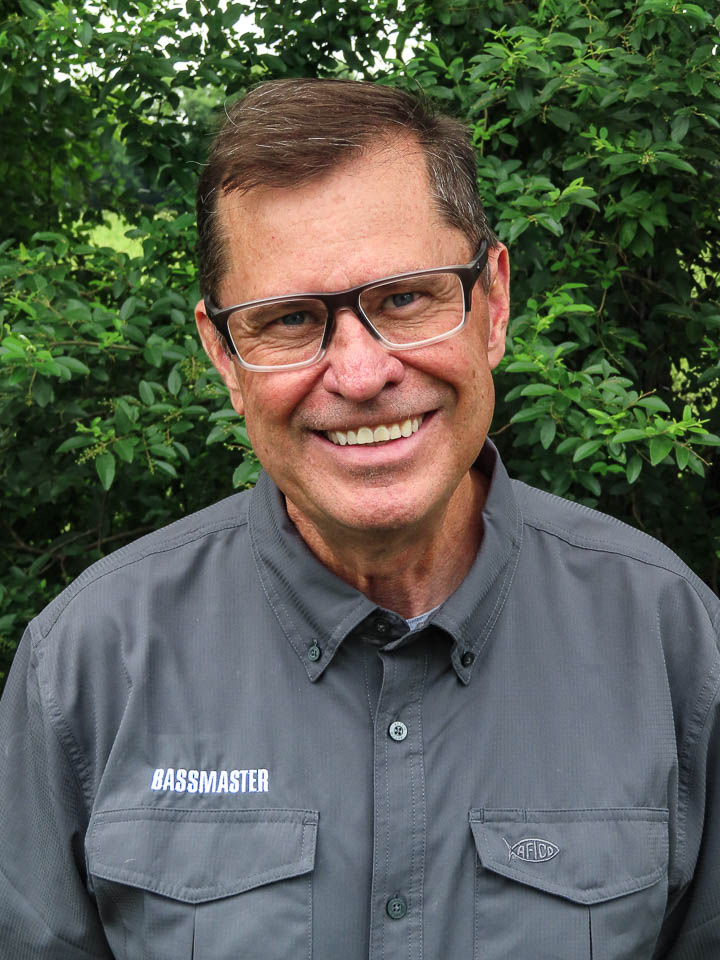
SYRACUSE, N.Y. — The near-annual visit to Oneida Lake is revealing a different playing field for the anglers competing in this week’s Basspro.com Bassmaster Open, the second of three events in the Northern division of the series.
What’s different? Two things. A flourishing round goby population and blooming aquatic vegetation.
In angling terms, the smallmouth are focusing on the bottom-dwelling goby, and getting fatter. There are plenty of goby to eat, and the smallmouth are no longer nomadic feeders in search of the roaming schools of perch, their former primary forage.
The vegetation, mostly milfoil, is choking out access to some of the prime offshore smallmouth areas, namely rockpiles. The vegetation is also thickening up along the shoreline, giving the largemouth more cover to spread throughout.
Here are practice observations from Bassmaster Elite Series pros Brandon Palaniuk and Garrett Paquette, both of whom are experienced here from past events. The tournament kicked off Thursday morning, so we’ll see how their predictions pan out.
“Compared to previous years it’s a different lake,” Palaniuk said. “In past years, you could run around, cover a lot of water, do a lot of topwater fishing, run a pattern, and now not so much.”
Palaniuk added the smallmouth are relating more to the deeper grass beds and the bottom, a giveaway they are feeding on the goby, while using the vegetation for concealment.
“Surprisingly, it’s tougher to find the smallmouth, but the quality is much, much improved,” he said. “There is so much more for them to eat.”
Zebra mussels, discovered here in the 1990s, are also flourishing, which explains why Oneida is so clear. However, recent rains have increased the turbidity of the water clarity. Oneida’s average depth is 22 feet, so it doesn’t take much runoff to dial back the water clarity. Thursday’s forecast called for rain and thunderstorms during the afternoon.
Another factor is wind. Oneida is a wide-open, oval-shaped lake running west to east. According to Palaniuk, the wind shifted directions on a near-daily basis, spreading out the sediment and causing more of the lake to become dingier than normal.
Oneida is known for its offshore community holes, and the vegetation has made some of those unfishable.
“The community holes will be a factor, but with some out of play, that will make the others that are fishable busier with fishing pressure,” Palaniuk said.
What hasn’t changed is the need to bring back at least one or two kicker largemouth to be in winning contention.
“What I think you will see are guys coming in with much heavier on average smallmouth weights,” he said. “But it still will take a good largemouth or two to win.”
You get a similar story from Paquette, a Michigan pro with much experience fishing lakes profiling Oneida.
“It’s a different Oneida from what I’ve ever seen,” he said. “There is definitely more grass and the goby population has exploded.”
Déjà vu. Paquette, a skilled offshore angler for smallmouth in goby lakes, noted the grass is more of a hinderance for catching smallmouth in prime offshore areas.
“Places where I normally find clean bottom with those key rockpiles are chocked out,” Paquette said.
“The biggest difference is the smallmouth have seemed to have transitioned from perch to goby, which means they aren’t roaming around as much, and staying inside that thick vegetation.”
“It’s definitely a deeper bite, due to the gobies,” Paquette continued. “You won’t find the smallmouth suspended, following the roaming schools of perch like that have in the past.”
Palaniuk and Paquette both shared the same observations about the community holes.
“They will be in play, but they will be very crowded,” Paquette said. “More so than usual, because some of them are choked out by the vegetation.
Paquette also noted that catching a quality limit requires going through numbers of smallmouth. You still must do that, however there are fewer options to put together a multi-spot area, and fit that into an all-day rotation to gain weight with quality smallmouth.
“You get fewer bites but greater chances of catching a 4- or 5-pound smallmouth,” he said. “You really must be dialed in to a pattern.”
The largemouth bite will be a player, although dialing into specific concentrations could be a challenge.
“The largemouth have more grass to spread out throughout the shoreline,” he said. “Ahead of some of the prime weed edges is thick grass on the outside edges, and the largemouth are buried back in the deeper vegetation.”
The takeaway is average weights could be higher, but fewer limits of smallmouth crossing the scales. It’s a different Oneida but the lake still remains one of the best smallmouth fisheries in central New York.

